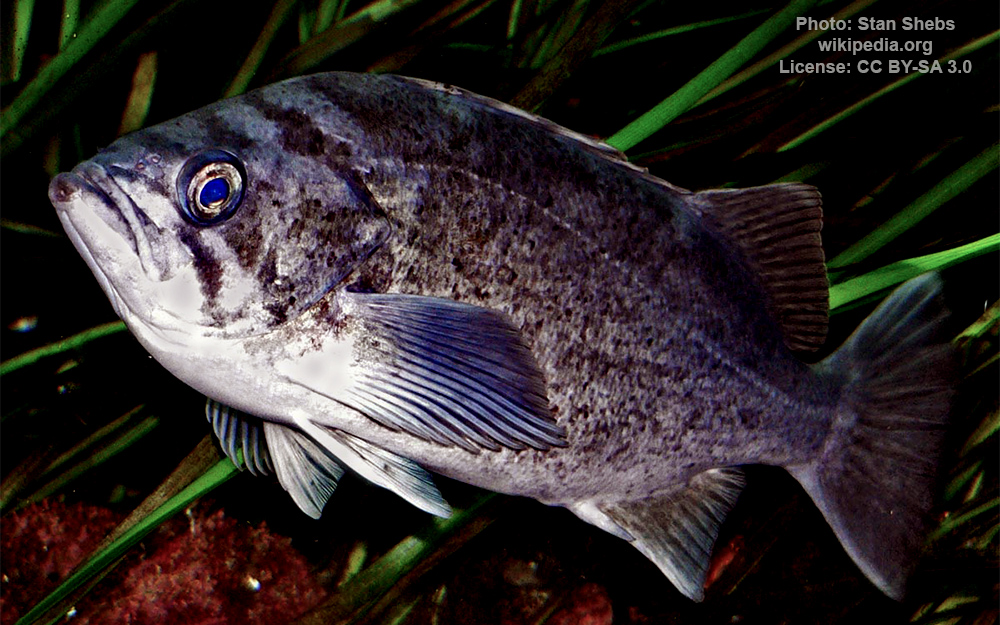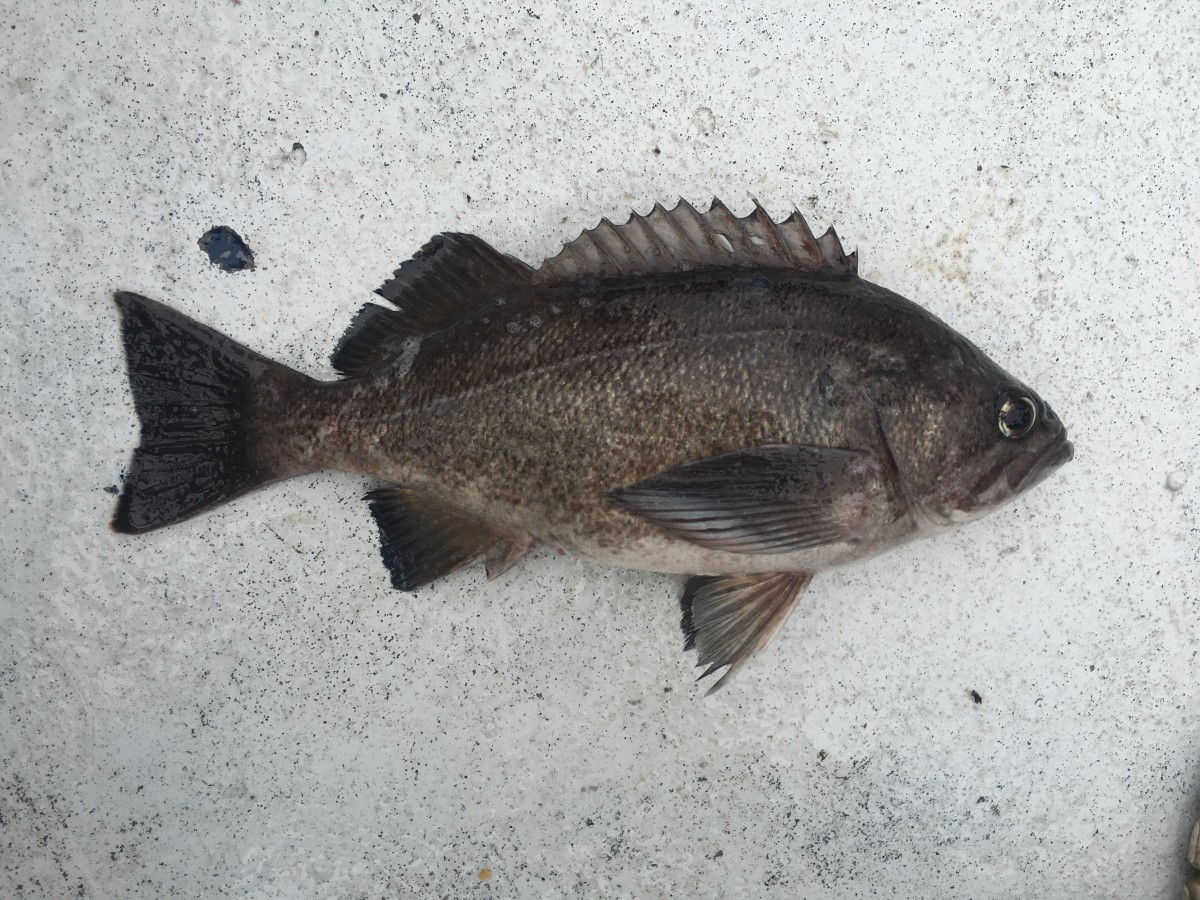Deacon rockfish
(Sebastes diaconus)

Classification
General data
Deacon rockfish is a species of marine ray-finned fish belonging to the subfamily Sebastinae, the rockfishes, part of the family Scorpaenidae. It is found in the eastern Pacific Ocean.
The deacon rockfish has been described as a cryptic species that is difficult to distinguish from the blue rockfish. The deacon rockfish however has more visible stripes in its coloration, whereas the blue rockfish has a blotchy color pattern. As such, prior to the formal classification of the species, the deacon rockfish was referred to as the blue-sided rockfish and the blue rockfish was referred to as the blue-blotched rockfish.
The shape of the mouth and front of the face also differs subtly between the two species, with the deacon rockfish exhibiting a longer lower jaw, which results in an underbite. Under dissection, sexually mature female deacon rockfish also have a small pink or cream colored ovary, whereas mature female blue rockfish have a large orange ovary.
The shape of sagittal otoliths has been found to subtly differ between males and females, which may indicate secondary sexual dimorphism.
The deacon rockfish is found on rocky reefs and offshore areas from northern California to southern British Columbia. The species is sympatric with the blue rockfish in northern California and Oregon. Female deacon rockfish can exhibit a high level of residency, showing site fidelity to a particular reef and inhabiting a small home range. However, females may relocate depending upon daily and seasonal movement patterns, seasonally occurring hypoxia, and prey preferences for planktonic organisms.
Deacon rockfish may be adapted to diurnal hunting on small, transparent plankton. Individuals have been found to ingest gelatinous zooplankton such as the colonial tunicates Pyrosoma atlanticum, the hydrozoan Velella velella, and the ctenophore Pleurobrachia bachei, as well as small planktonic crustaceans such as crab zoeae and megalopae and pelagic amphipods.











